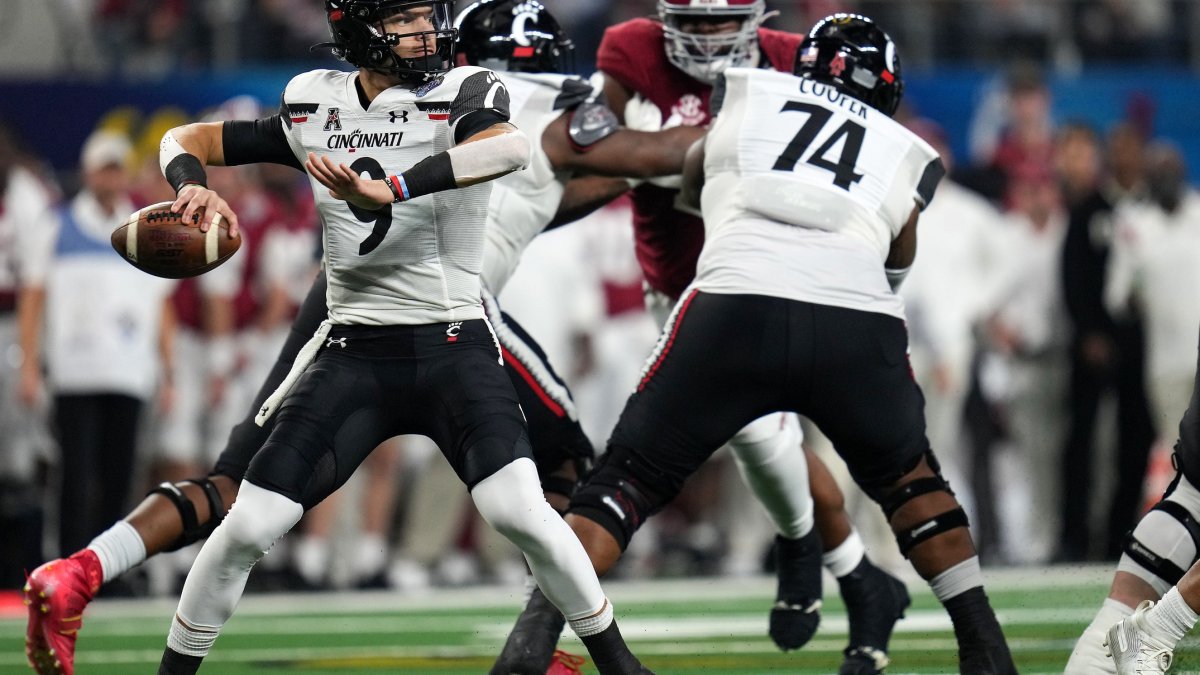Grading a team’s draft process immediately after the draft is an inherently difficult exercise.
Up to this point, the best media outlets have been able to do is drop the annual draft grades articles that flood the internet almost as soon as the draft ends. The problem is that these articles don’t have any positive correlation with future team success, probably because they are biased toward the teams with more draft capital.
But what if there was a way to use the same concept we used to compute the surplus value of every position to create a framework that allows us to analytically grade each draft pick?
The expected performance value of a pick defines its value
We have already computed the expected performance value of each draft selection for each position — the amount a player of any given position selected at a draft spot would cost if a team had to pay him on the free-agent market. To arrive at surplus value, we subtracted the rookie contract cost from this number.
Since a team can’t choose where they pick — at least not to a large extent — the rookie-contract cost shouldn’t play a role when evaluating a draft pick. Therefore, we define the value of a pick as the expected performance value it is supposed to yield based on the position and the evaluation of the player.
The evaluation of a player is his regressed placement on the consensus big board, annually provided by The Athletic’s Arif Hasan. And by “regressed,” we mean that we regress a player’s consensus board rank toward the number of his draft selection. After all, we shouldn't forget that the information teams are giving us about players during the draft carries valuable information on top of the player’s consensus board ranks.
As we found out last year, we should regress the “draft steals” further toward the mean than “draft reaches.” For this exercise, we settle on regressing a “steal” 60% toward his draft selection and regressing a “reach” 40% toward his draft position.
As an example, here is what we do with the Alex Leatherwood pick by the Las Vegas Raiders last year: The Raiders selected Alex Leatherwood with the 17th overall pick last year, but his ranking on the consensus board was 45. Since he qualifies as a reach, we regress his consensus rank 40% toward his draft position, hence his regressed consensus rank is:
0.6 * 45 + 0.4 * 17 = 33.8
This number is rounded to 34. The estimated performance value of an offensive tackle considered to be the 34th best player of the draft is $10.9 million, so the value of the Raiders’ pick is $10.9 million.
As another example, here is what we do with the Jeremiah Owusu-Koramoah pick. The Cleveland Browns selected Owusu-Koramoah 52nd overall, but his ranking on the consensus board was 17. Since he was a “steal,” we regress his consensus rank 60% toward his draft position, so his regressed consensus rank is:
0.4 * 17+ 0.6 * 52 = 38.0
The estimated performance value of a linebacker considered to be the 38th best player of the draft is $9.6 million, so the value of the Browns’ pick is $9.6 million.

Comparison to what was available
After establishing how we compute the value of a pick, now we have to compare this value to what was available on the board.
To do that, we simply consider the selected player along with the next 10 picks and build a baseline by taking the weighted mean of the values of these picks if they were selected at the draft spot in question.
The weight is 1 for the selected player and is multiplied by 0.9 for each of the next players selected. For example, this is what we do for the Alex Leatherwood pick:
Exclusive content for premium subscribers

WANT TO KEEP READING?
Dominate Fantasy Football & Betting with AI-Powered Data & Tools Trusted By All 32 Teams
Already have a subscription? Log in




 © 2025 PFF - all rights reserved.
© 2025 PFF - all rights reserved.